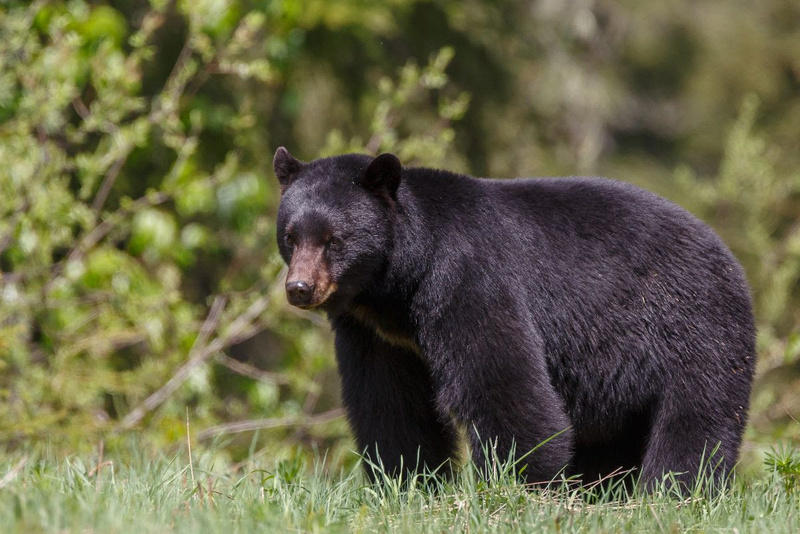West Virginia hunters harvested 2,756 black bears during the combined 2021 archery and firearms seasons, a 22 percent decrease compared to the 2020 harvest of 3,541 bears.
The decreased black bear harvest can be attributed to abundant mast production, which was 61 percent above 2020 numbers and eight percent above the long-term average, according to Colin Carpenter, black bear project leader for the W.Va. Division of Natural Resources.
The 2021 Mast Survey and Hunting Outlook predicted a lower archery and crossbow harvest compared to 2020 and a decreased firearms harvest over the levels observed in 2020. Both predictions came true.
“Historically, abundant mast yields result in a decreased bow and crossbow harvest and an increased December firearms harvest,” Carpenter said.
“Abundant food in the fall makes bears harder to pattern for bow and crossbow hunters but keeps bears from denning early for the December season.”
Overall, the 2021 harvest decreased during the September-October archery and crossbow and buck gun seasons but increased during the December gun season.
Hunters killed 639 bears during the first segment of the 2021 archery and crossbow season (Sept. 25-Nov. 21). There were 342 bears taken with vertical bows and 297 taken with crossbows. The top five counties were Fayette (55), McDowell (52), Nicholas (42), Logan (40), and Wyoming (38).
Firearms hunters harvested 2,117 bears during 2021. Hunters took 780 bears in September and October (37 bears during the concurrent antlerless deer and bear season, four during the youth, class Q/QQ, XS season), 435 during the concurrent buck-gun bear season, and 900 during the traditional December season.
Two bears were harvested during the fourth Mountaineer Heritage Season (two muzzleloaders). The top five counties were Pocahontas (186), Nicholas (167), Randolph (161), Boone (157), and Pendleton (137).
To see 2021 black bear harvest numbers for each county, click here.
Sign up to receive a FREE copy of West Virginia Explorer Magazine in your email weekly. Sign me up!


